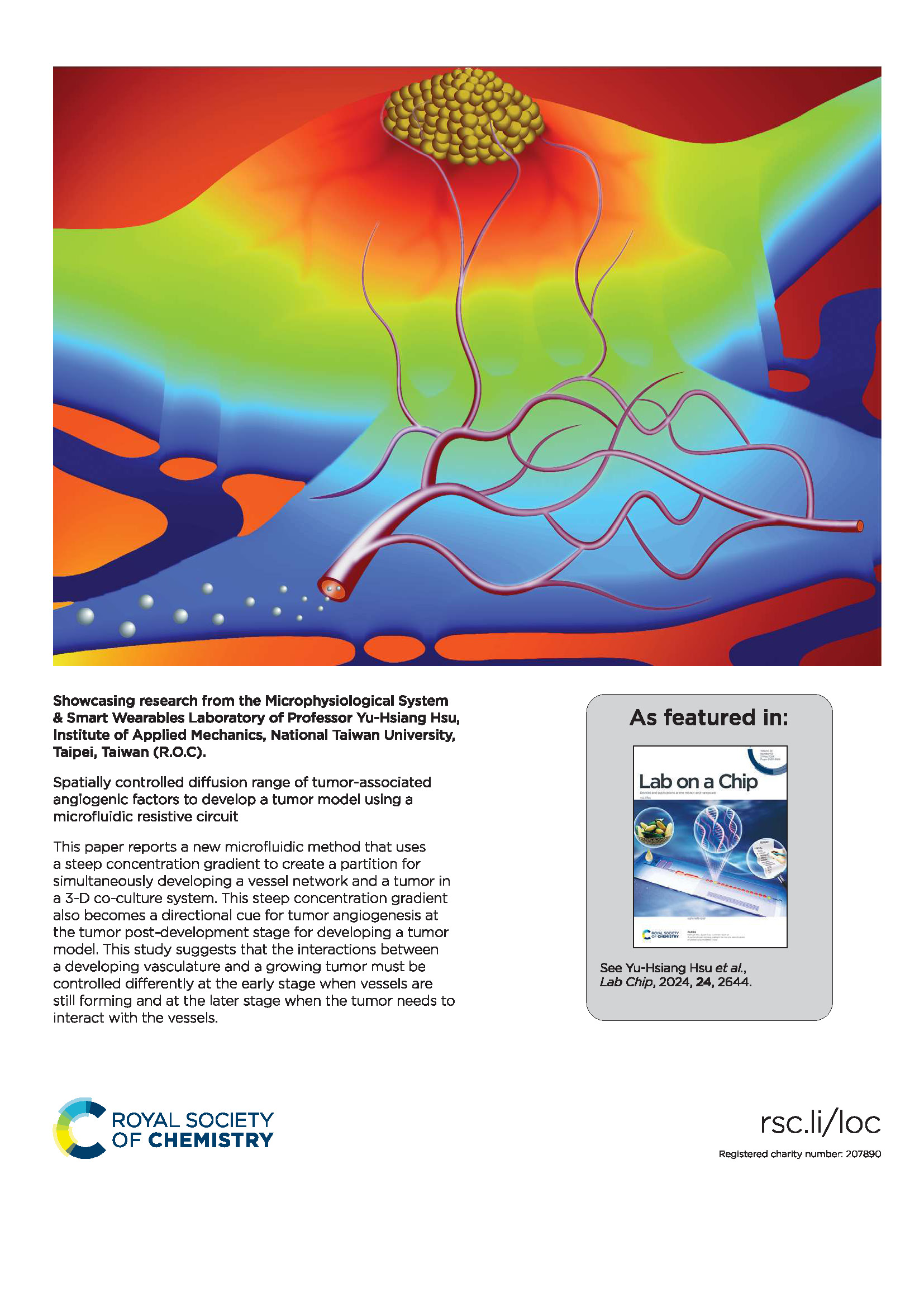Currently, preclinical trials of drug development are primarily based on animal studies. However, these animal studies can cause stress and harm to animals, and the discovered drugs can have low efficacy and high cytotoxicity due to the genetic differences between animals and humans. This has become a significant burden in the pharmaceutical industry, health care system, and time. Therefore, there is an urgent need to develop representative human organ and disease models to simplify and accelerate the drug discovery and development process.

In this study, the team used a microfluidic circuit method to develop a new microphysiological system (MPS) that can control the microphysiological environment of a dual-chamber device. It can simultaneously develop a human vasculature in one chamber and tumor tissue in the other linked chamber. By controlling the physiological environment, vasculogenesis can be stimulated to develop a vessel network with minimal influence from the tumor tissue. After the two tissues have developed, they can interact with each other, and tumor angiogenesis can be stimulated to grow vessels toward the tumor tissue. Then, an in vitro tumor model with a vessel network can be developed. This tumor model system provides a human tumor microenvironment that can simulate the delivery of drugs through blood vessels in the body. This MPS device breaks through the fundamental problem of the current in vitro human tumor model that uses the standard culture dishes. This MPS tumor model system was verified using commercial chemotherapy drugs, and its feasibility to conduct preclinical drug screening was demonstrated. Finally, this in vitro tumor model system can potentially replace the animal models to meet the current trends of the 3Rs, which are replacement, reduction, and refinement.
This study also suggests that the interactions between a developing vasculature and a growing tumor must be controlled differently throughout the tissue development process, including at the early stage when vessels are still forming and at the later stage when the tumor needs to interact with the vessels.

This work has been published and featured on the inside back cover of the Lab-on-a-Chip journal. The team would like to thank financial support from the National Health Research Institutes and the National Science and Technology Council.
Full article link:
Spatially controlled diffusion range of tumor-associated angiogenic factors to develop a tumor model using a microfluidic resistive circuit.
Lab-on-a-Chip. 2024 May 14;24(10):2644-2657. DOI: 10.1039/d3lc00891f.
